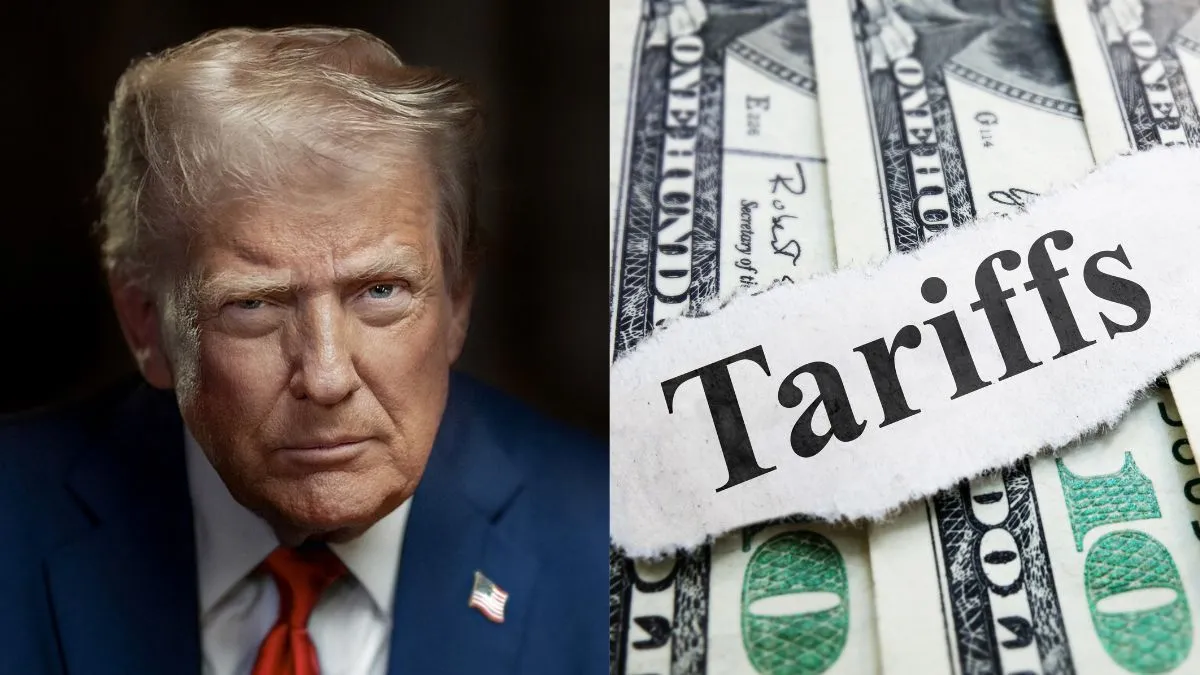Trump’s Tariffs On India: US President Donald Trump recently imposed additional trade tariffs on India, doubling the levies to 50 per cent on all imports from India. The White House claims that this additional tariff was imposed because of India’s purchase of Russian oil, which it argues undermines the USA’s efforts to stop Russia’s actions in the war in Ukraine. The tariffs are expected to have a significant impact on Indian traders exporting goods such as textiles, gems and jewellery, leather and shrimp to the US in large quantities.
Many countries have been hit with a baseline tariff of 10 per cent or more. These tariffs have caused global uncertainty, and analysts predict that they will result in higher prices for US consumers. They will also have a significant impact on key export sectors in affected countries, such as India. In this article, we will try to understand what trade tariffs, reciprocal tariffs and FTAs are.
Let us take the example of the India-China trade relationship to understand tariffs. For instance, India imports electronic goods from China. But if India wants consumers to buy more India-produced products, it may impose a 30 per cent trade tariff on Chinese products. This means that if China sends Rs 100 worth of units of a product to India, it will cost the Indian consumers Rs 130.
What Is a Free Trade Agreement?
A free trade agreement (FTA) is a treaty between two or more countries that aims to eliminate or reduce trade barriers, such as tariffs or quotas. Their goal is to promote free trade and economic cooperation. Recently, India and Britain signed a free trade agreement under CETA. India has lowered tariffs on many UK-manufactured products, particularly gin and whiskey. The price of these UK products will drop over time, making them cheaper for people in India to buy.
